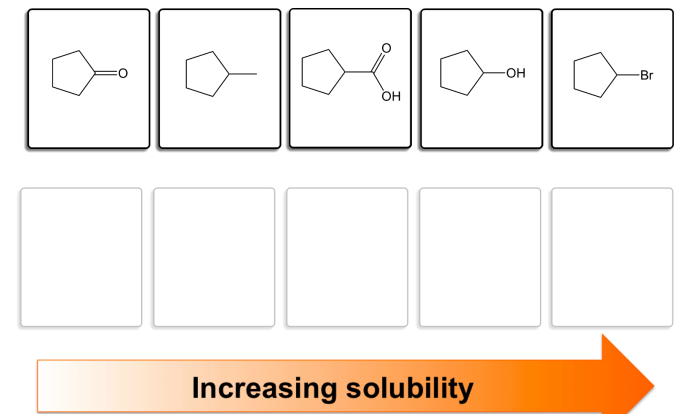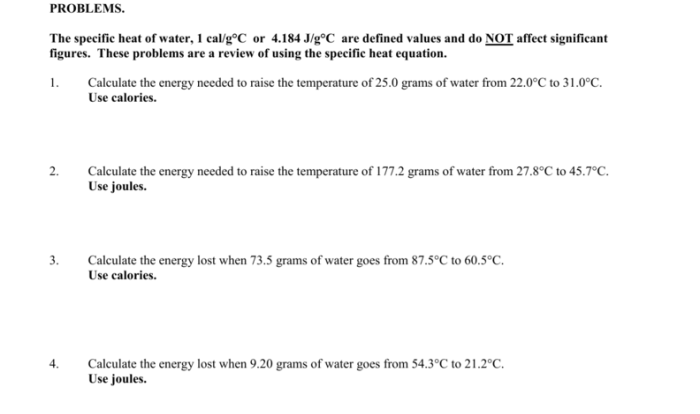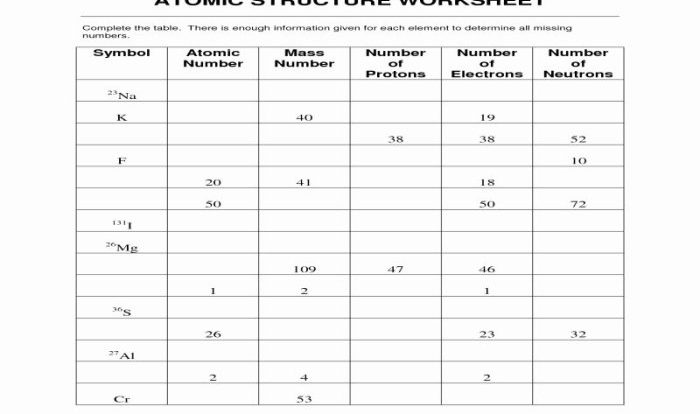Introducing the “Moles Molecules and Grams Worksheet,” an essential tool for students and professionals seeking to master the intricacies of chemical calculations. This worksheet provides a comprehensive overview of mole-to-molecule, mass-to-mole, mole-to-mass conversions, molarity calculations, dilution problems, and stoichiometry problems, empowering learners to confidently navigate the complexities of chemistry.
Through a series of engaging examples and exercises, this worksheet guides users through the fundamental concepts of moles, molecules, and grams, enabling them to understand the relationships between these units and apply them to solve real-world chemical problems.
Mole-to-Mole Conversions
The mole is the SI unit of amount of substance. One mole of a substance contains exactly 6.02214076×10 23entities of that substance, which may be atoms, molecules, ions, electrons, or other particles.
We can use the mole concept to convert between the number of molecules and the number of moles. The following equation can be used for this purpose:
“`Number of moles = Number of molecules / Avogadro’s number“`
For example, if we have 12.044 × 10 23molecules of carbon dioxide (CO 2), we can convert this to moles as follows:
“`Number of moles = 12.044 × 10 23molecules / 6.02214076×10 23molecules/mol = 2.000 mol“`
Similarly, if we have 0.5 mol of water (H 2O), we can convert this to molecules as follows:
“`Number of molecules = 0.5 mol × 6.02214076×10 23molecules/mol = 3.011 × 10 23molecules“`
Mass-to-Mole Conversions: Moles Molecules And Grams Worksheet
Mass and moles are two essential units used to measure the quantity of a substance. The relationship between mass and moles is established through the concept of molar mass.
Molar Mass
Molar mass is the mass of one mole of a substance. It is expressed in grams per mole (g/mol). The molar mass of an element is numerically equal to its atomic mass, while the molar mass of a compound is the sum of the atomic masses of its constituent elements.
Converting Mass to Moles
To convert a mass to moles, we use the following formula:
Moles = Mass (g) / Molar Mass (g/mol)
For example, to convert 100 g of sodium chloride (NaCl) to moles, we would use its molar mass (58.44 g/mol):
Moles of NaCl = 100 g / 58.44 g/mol = 1.71 moles
Mole-to-Mass Conversions
Mole-to-mass conversions involve determining the mass of a substance given its quantity in moles. This process is essential in various chemical calculations, such as determining the mass of reactants or products in a chemical reaction.
To convert from moles to mass, we use the molar mass of the substance. Molar mass is the mass of one mole of a substance, expressed in grams per mole (g/mol). The molar mass of an element or compound can be found on the periodic table or in reference tables.
Example
Convert 2.5 moles of sodium chloride (NaCl) to grams.
The molar mass of NaCl is 58.44 g/mol. Therefore, the mass of 2.5 moles of NaCl is:
“`Mass = Moles × Molar MassMass = 2.5 moles × 58.44 g/molMass = 146.1 g“`
Hence, 2.5 moles of NaCl is equal to 146.1 grams.
Molarity Calculations
Molarity is a measure of the concentration of a solution, defined as the number of moles of solute per liter of solution. It is commonly represented by the symbol M.
To calculate molarity, we use the formula:
“`Molarity (M) = Moles of solute / Volume of solution (in liters)“`
Example
Calculate the molarity of a solution containing 0.1 moles of NaCl in 500 mL of solution.
First, convert the volume to liters:
“`
mL = 500 / 1000 L = 0.5 L
“`
Then, plug the values into the formula:
“`Molarity = 0.1 moles / 0.5 L = 0.2 M“`
Therefore, the molarity of the solution is 0.2 M.
Dilution Problems
Dilution is the process of decreasing the concentration of a solution by adding more solvent. The concentration of a solution is the amount of solute dissolved in a given amount of solvent. When a solution is diluted, the amount of solute remains the same, but the amount of solvent increases.
This results in a decrease in the concentration of the solution.
To calculate the concentration of a diluted solution, we can use the following formula:
C1V 1= C 2V 2
where:
- C 1is the initial concentration of the solution
- V 1is the initial volume of the solution
- C 2is the final concentration of the solution
- V 2is the final volume of the solution
For example, if we have a 100 mL solution with a concentration of 1 M and we add 50 mL of solvent, the final concentration of the solution will be 0.67 M.
Example 1
A 250 mL solution with a concentration of 0.5 M is diluted to a final volume of 500 mL. What is the final concentration of the solution?
Using the formula above, we can calculate the final concentration as follows:
C1V 1= C 2V 2
5 M x 250 mL = C2x 500 mL
C2= 0.25 M
Therefore, the final concentration of the solution is 0.25 M.
Example 2
A 100 mL solution with a concentration of 2 M is diluted with 200 mL of solvent. What is the final concentration of the solution?
Using the formula above, we can calculate the final concentration as follows:
C1V 1= C 2V 2
M x 100 mL = C2x 300 mL
C2= 0.67 M
Therefore, the final concentration of the solution is 0.67 M.
Stoichiometry Problems
Stoichiometry is the study of the quantitative relationships between reactants and products in chemical reactions. It involves balancing chemical equations to ensure that the number of atoms of each element is the same on both sides of the equation.
Stoichiometry problems can be used to determine the amount of reactants or products needed or produced in a reaction. They can also be used to calculate the limiting reactant, which is the reactant that is completely consumed in a reaction.
Mole-to-Mole Conversions
Mole-to-mole conversions involve using the mole ratio from a balanced chemical equation to convert the number of moles of one reactant or product to the number of moles of another reactant or product.
For example, consider the following balanced chemical equation:
H2+ O 2→ 2H 2O
This equation shows that 2 moles of hydrogen (H 2) react with 1 mole of oxygen (O 2) to produce 2 moles of water (H 2O). If we know that we have 3 moles of hydrogen, we can use the mole ratio to calculate the number of moles of oxygen that we need:
moles H2× (1 mole O 2/ 2 moles H 2) = 1.5 moles O 2
Mass-to-Mass Conversions, Moles molecules and grams worksheet
Mass-to-mass conversions involve using the molar mass of a substance to convert the mass of a substance to the number of moles of that substance, or vice versa.
For example, if we know that the molar mass of sodium chloride (NaCl) is 58.44 g/mol, we can use this information to convert 100 g of NaCl to the number of moles of NaCl:
g NaCl × (1 mol NaCl / 58.44 g NaCl) = 1.71 mol NaCl
Volume-to-Volume Conversions
Volume-to-volume conversions involve using the molarity of a solution to convert the volume of a solution to the number of moles of solute in that solution, or vice versa.
For example, if we know that the molarity of a solution of hydrochloric acid (HCl) is 1.0 M, we can use this information to convert 500 mL of the solution to the number of moles of HCl:
mL HCl × (1 mol HCl / 1 L HCl) = 0.5 mol HCl
FAQ Overview
What is the mole concept?
The mole is the SI unit of amount of substance. It is defined as the amount of substance that contains as many elementary entities as there are atoms in 0.012 kilograms of carbon-12.
How do I convert between moles and molecules?
To convert between moles and molecules, use the Avogadro constant, which is 6.022 × 10^23 molecules per mole.
What is molar mass?
Molar mass is the mass of one mole of a substance. It is expressed in grams per mole.


